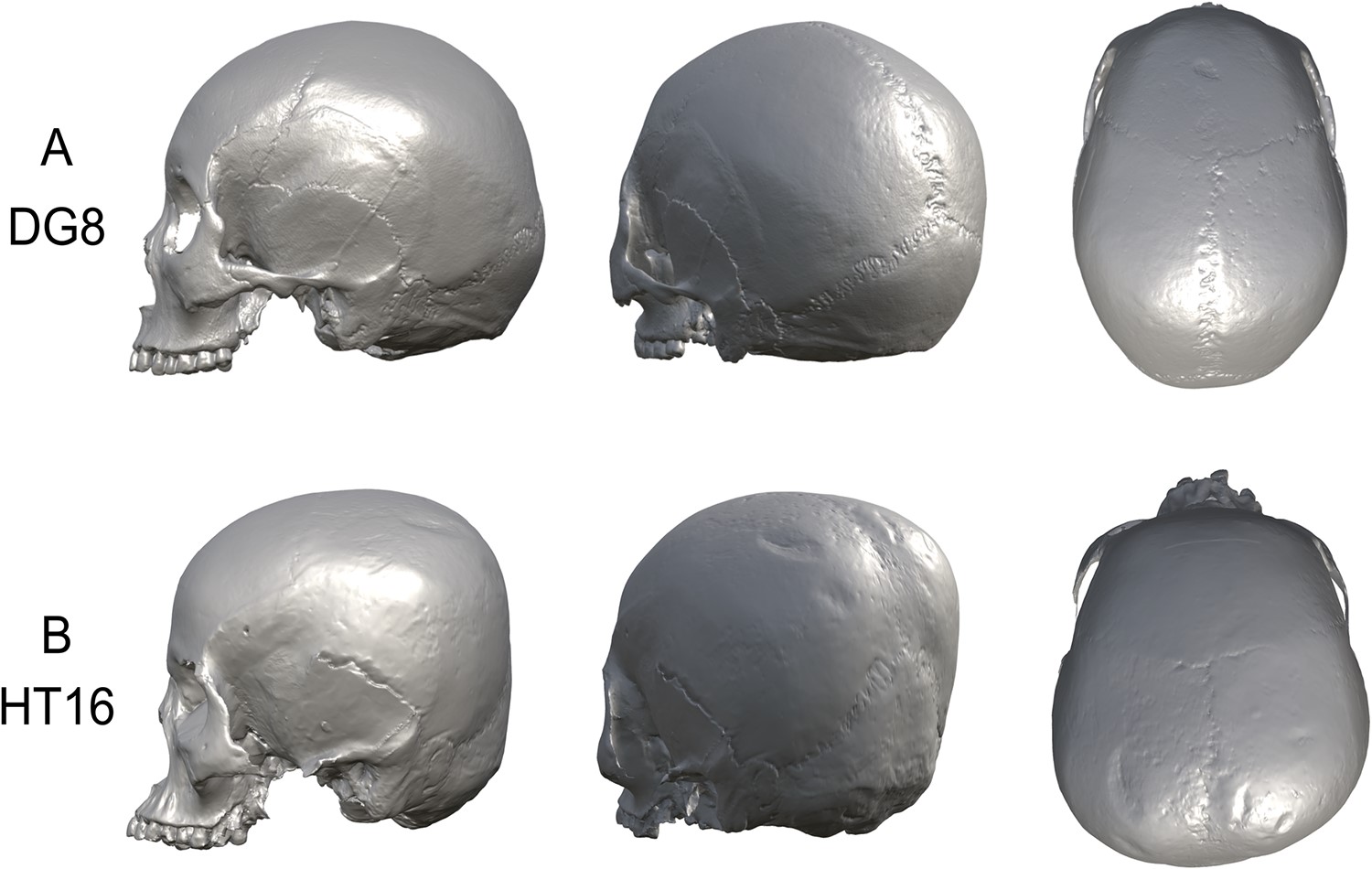The Hirota people, who inhabited a Japanese Island 1,800 years ago, had uniquely shaped skulls – and it was no accident or genetic quirk. A new study, finally confirming what anthropologists have long thought to be true, reveals that this Indigenous group intentionally deformed the skulls of their infant children, although their reasons for doing so still remain a mystery.
Intentional cranial modification (ICM) – the binding or pressing of an infant’s skull shortly after birth to permanently change its shape – is an ancient practice ubiquitous in many cultures around the world. Examples of ICM, also known as artificial cranial deformation, have been found on every inhabited continent and date back millennia.
In Japan, it has long been suspected that the Hirota people, who lived on the island of Tanegashima around the third to seventh century CE, also dabbled in the practice.
Numerous skeletons, excavated from a Hirota site on the island between 1957 and 1959, and later between 2005 and 2007, have been found with unusually short skulls, flattened at the back. It is “as if they had been deformed by a flat device such as a board or by banding/binding,” the study authors write.
“The unusual morphology of head shapes from the Hirota site crania has not been found in any other region in the Japanese archipelago,” they add.
Despite this, researchers have never been certain whether such distinctive cranial modifications were in fact deliberate or an unintentional consequence of other habits.
To find out, a team from Kyushu University and the University of Montana analyzed some of the skulls, comparing them to other remains found in Japan from around the same time period. Using a combination of 2D images and 3D scans, they concluded that ICM was the best explanation for the deformities.
“Our results revealed distinct cranial morphology and significant statistical variability between the Hirota individuals with the Kyushu Island Jomon and Doigahama Yayoi samples,” lead author Noriko Seguchi said in a statement. “The presence of a flattened back of the skull characterized by changes in the occipital bone, along with depressions in parts of the skull that connects the bones together, specifically the sagittal and lambdoidal sutures, strongly suggested intentional cranial modification.”
Doigahama skull (A) compared to a Hirota skull (B).
Seguchi and colleagues also noted that there were no significant differences in cranial modification between the sexes, indicating that both male and female infants were subjected to the same treatment.
“Although the motivation of the practice is unclear, the Hirota people may have deformed their crania to preserve group identity and possibly aid in the long-distance trade of shellfish,” the team speculates in their paper.
They also explain that it has historically been used as a symbol of social status, cultural belonging, beauty, ideology, belief, and gender.
“Our findings significantly contribute to our understanding of the practice of intentional cranial modification in ancient societies,” Seguchi concluded. “We hope that further investigations in the region will offer additional insights into the social and cultural significance of this practice in East Asia and the world.”
The study is published in PLOS ONE.
Source Link: Japan's Hirota People Intentionally Deformed Infant Skulls And We Don't Know Why
